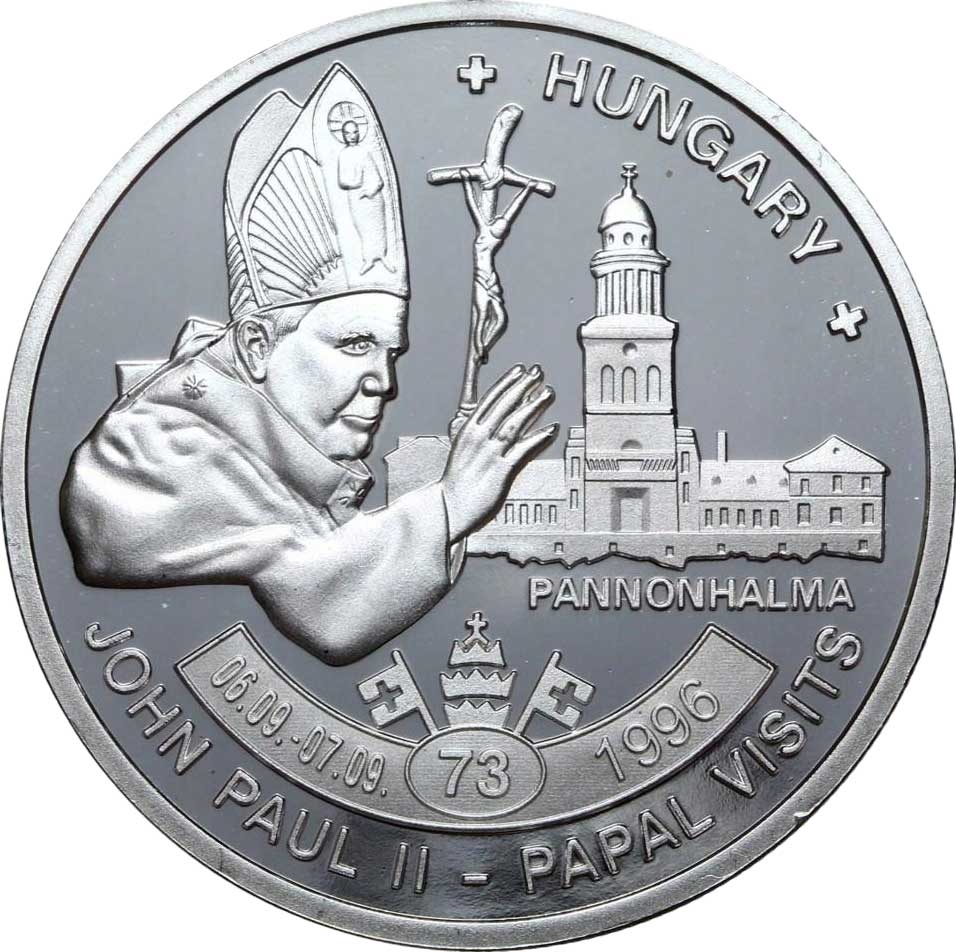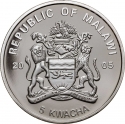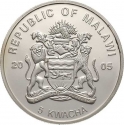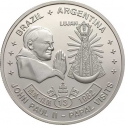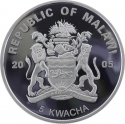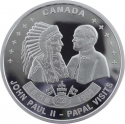You are about to finish your registration. Please check your mailbox (including spam folder). There should be a letter with a confirmation link. Check setting to make sure that your e-mail address is correct.
Send letter againDescription
During his reign, Pope John Paul II, known as "The Pilgrim Pope," made 146 pastoral visits within Italy and 104 international trips, covering over 1,167,000 km (725,000 mi), more than all previous popes combined. He attracted massive crowds, with some of the largest gatherings in history. While some destinations, such as the United States and Israel, had been visited by his predecessor Paul VI, many were unprecedented papal visits. John Paul II visited 129 countries, including nine visits to Poland, eight to France, seven to the United States, and five each to Mexico and Spain. His travels spanned six continents, reaching countries such as Albania, Brazil, India, Israel, and the Philippines.
Pope John Paul II's visit to Hungary from September 6 to 7, 1996, was a historic occasion that celebrated the millennium of Christianity in Hungary, with a particular emphasis on the role of the Church in the nation's spiritual and cultural heritage. The visit included a significant stop at Pannonhalma Archabbey, one of the oldest Benedictine monasteries in Europe and a UNESCO World Heritage site. On September 7, the Pope celebrated Mass at the Archabbey, recognizing its importance as a center of faith, education, and monastic life in Hungary. His presence underscored the enduring legacy of the Benedictine tradition and the Church's role in shaping Hungarian identity over the centuries. During his visit, he met with the monks, encouraged them to continue their commitment to spiritual renewal, and emphasized the importance of prayer, community, and service. The Pope's visit was warmly received and strengthened the bonds between the Catholic Church and the Hungarian people, inspiring a renewed commitment to their Christian heritage as Hungary embraced its history in a new era of freedom and democracy.
Obverse

|
Depicts the coat of arms of Malawi dividing the date, country name above and denomination below. REPUBLIC OF MALAWI |
|---|---|
Reverse

|
Depicts Pope John Paul II wearing a cassock, and mitre and holding a papal ferula blessing crowd, the Pannonhalma Archabbey facade with the tower in the background, the city name (Pannonhalma) below it, Vatican emblem below them behind a banner containing the date of visit (days and year) and the number of visits within a circle from 104 Papal visits surrounded by country names above with crosses above and inscription of occasion and His Holiness name below. + HUNGARY + |
| Edge |
5 Kwacha
Republic
Papal Visits
John Paul II in Hungary
Subscribe series
KM#
Papal Visits
John Paul II in Hungary
Characteristics
| Type | Commemorative Issue (Non-circulating) |
| Material | Silver Plated Cupronickel |
| Weight | 27.1 g |
| Diameter | 38.7 mm |
| Thickness | - |
| Shape |
|
| Alignment | Medal |

